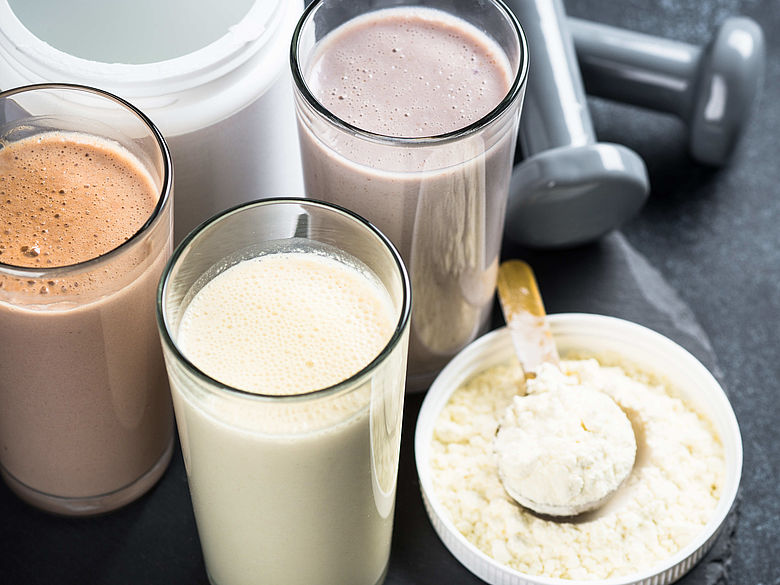What is protein and why do we need it? Protein is essential to muscle growth, repair and development. Protein is made up of amino acids. There are 20 amino acids that link together to form peptides, which are then linked together to form proteins. There are a number of proteins that carry out a multitude of jobs in our bodies, however, our focus needs to be on making sure we are meeting all 20 amino acids, our nutritional building blocks. It is important to understand that we have a biological requirement for amino acids, not for protein. Our body produces 11 of these essential amino acids from chemicals already present in our body, so we only need to be looking to consuming the additional 9 that our body cannot produce, called essential amino acids.
As a vegetarian, where can I find these essential amino acids? Generally speaking, the food we get from animals and animal products are usually considered high-quality proteins because of their amino acid profile. However, it is important to note that vegetables are also great sources of protein and quality amino acid profiles in many sources. So what are my options? As a vegetarian, a broad mix of protein sources is both sustainable and sufficient. Discussion relating to complementary protein and combining proteins in a single meal to ensure a full spectrum of amino acids has long been at the forefront of science and nutritional discussion.
The American Dietic Association reversed its position on complete proteins and a paper released by Vernon Young and Peter Pellett soon became the definitive guide to protein metabolism*. Despite not being necessary, combining proteins works to establish a healthy intake of vitamins, minerals and sufficient calorie intake for the individual. Here are some examples: Combining pulses with dairy products. When we talk about pulses we are thinking of things like beans, peas, lentils. Dairy products can be as simple as milk and cheese. Combining whole grains with pulses. E.g.: Risotto with peas. Pulses with seeds and nuts. Think of things like mixed beans and hummus. Dairy with whole grains.
How much protein is enough protein? This is a question that is relative to the individual. Speak to your trainer to establish your goals and where your protein requirements balance with your carbohydrate and fat requirements. Jump onto Vision Virtual Training and explore the menu and recipe options and come along to a seminar or shopping tour to explore your options.
*Young VR, Pellett PL (1994). "Plant proteins in relation to human protein and amino acid nutrition". The American Journal of Clinical Nutrition 59 (5 Suppl): 1203S-1212S
*Disclaimer: Individual results vary based on agreed goals. Click here for details.

